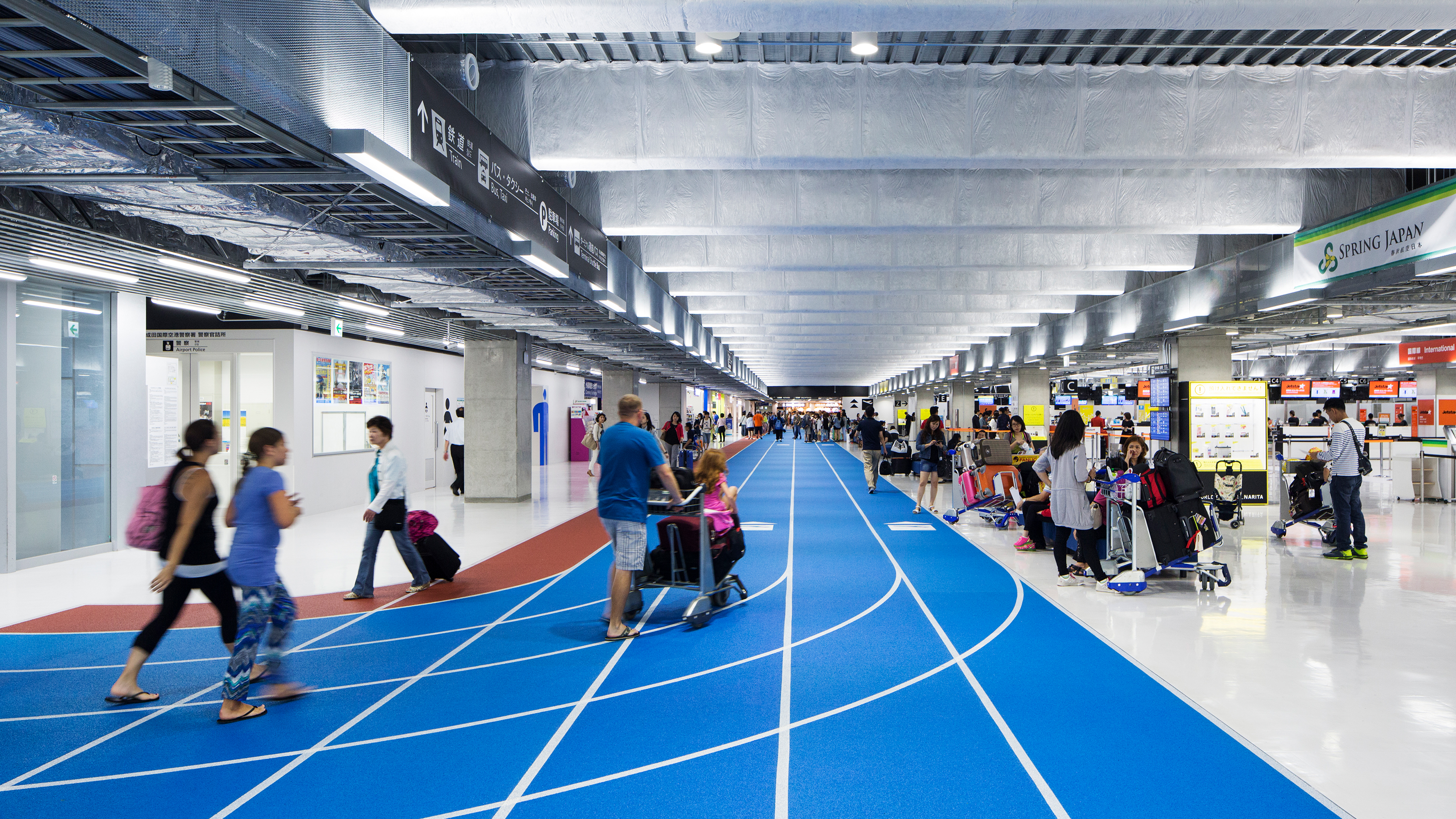Low Cost Does Not Mean Less
The Creation of New Value through Design
Building designs do not only create the form of things.
They also change values, form new experiences, and generate new choices.
Scroll Down
The majority of people living in Japan lead materialistically and emotionally fulfilled lives. However in recent years there has been a demand for a kind of affluence that differs from “showy elegance through investment.” In this climate, what can architectural design do for these people?
In recent times even Hollywood stars have been wearing “fast fashion.” The reason for this is not due to its low cost, but rather because it is a part of their lifestyle. It is said that they possess a sense of value that permits them to decide.
Terminal 3 at Narita International Airport is envisioned to be a terminal building for newly prepared low-cost airlines. Just like “fast fashion,” Terminal 3 is providing people with new choices.
CATEGORY
RELATED PROJECTS
Understanding Low-Cost to be a Positive, and Designing a “Fun Transit Experience”
For example, we proposed the building’s passages be divided into colored lanes. The motif for this idea was an athletic stadium track. Doing this does not add to the cost, but serves to encourage the smooth transfer of passengers. We likened the spacious Terminal 3 as a field, and the passengers as athletes.In addition to eliciting feelings of excitement in which one subconsciously wants to start running, we realized a kind of “communication that goes beyond language.” This is due to the fact that since most people around the world are familiar with athletic stadium tracks, using this as a form of signage ensures people do not get lost even if they do not understand the language. If the affluence of a traditional legacy terminal is in making it easy to transfer from place to place, such as in the use of moving walkways, then the affluence proposed by Terminal 3 is in having a fun experience while transiting. Changing “characteristics” into “strengths” is another role of architectural design.
Changing the “Users” of Airports into “Players”
